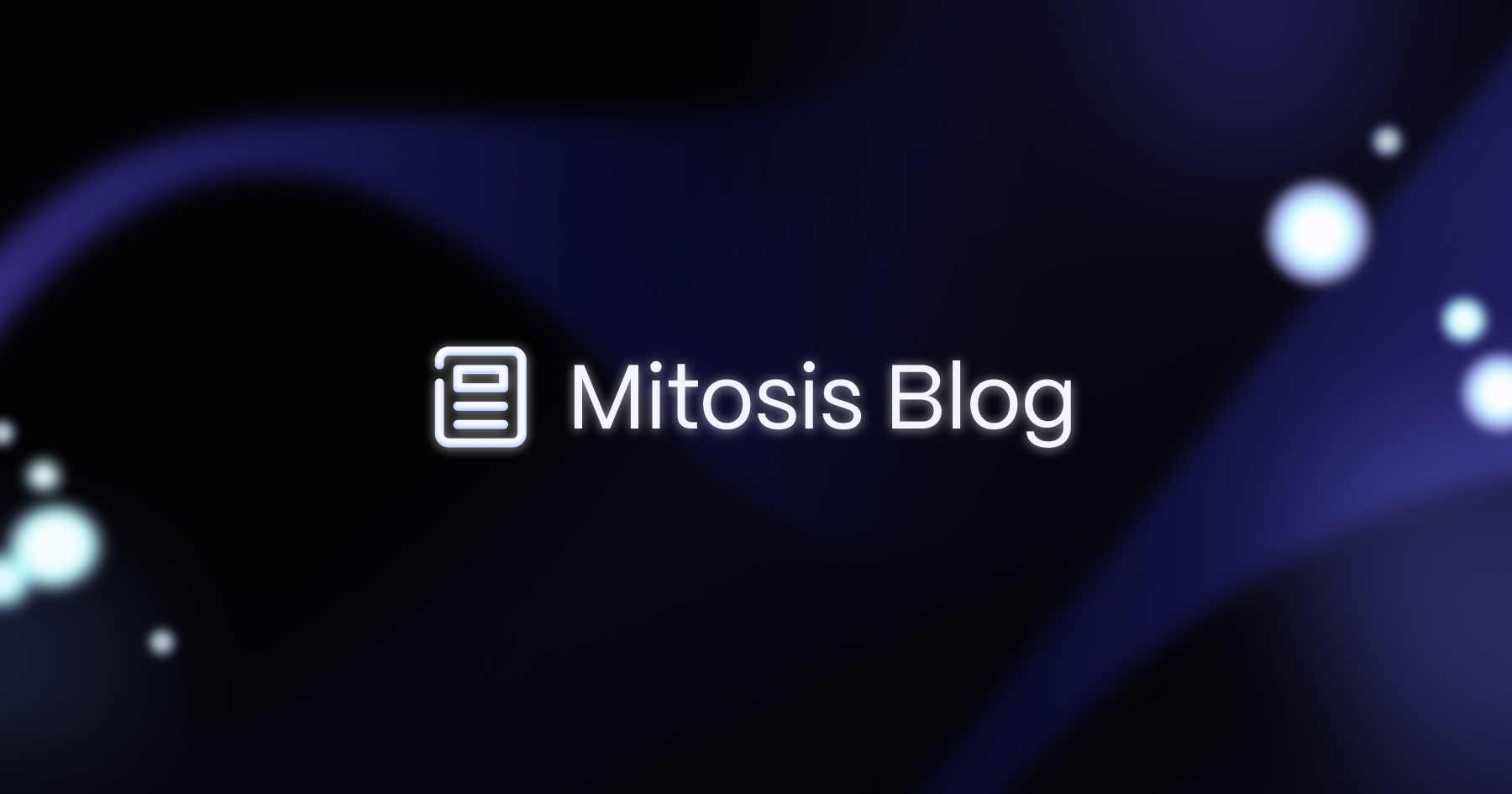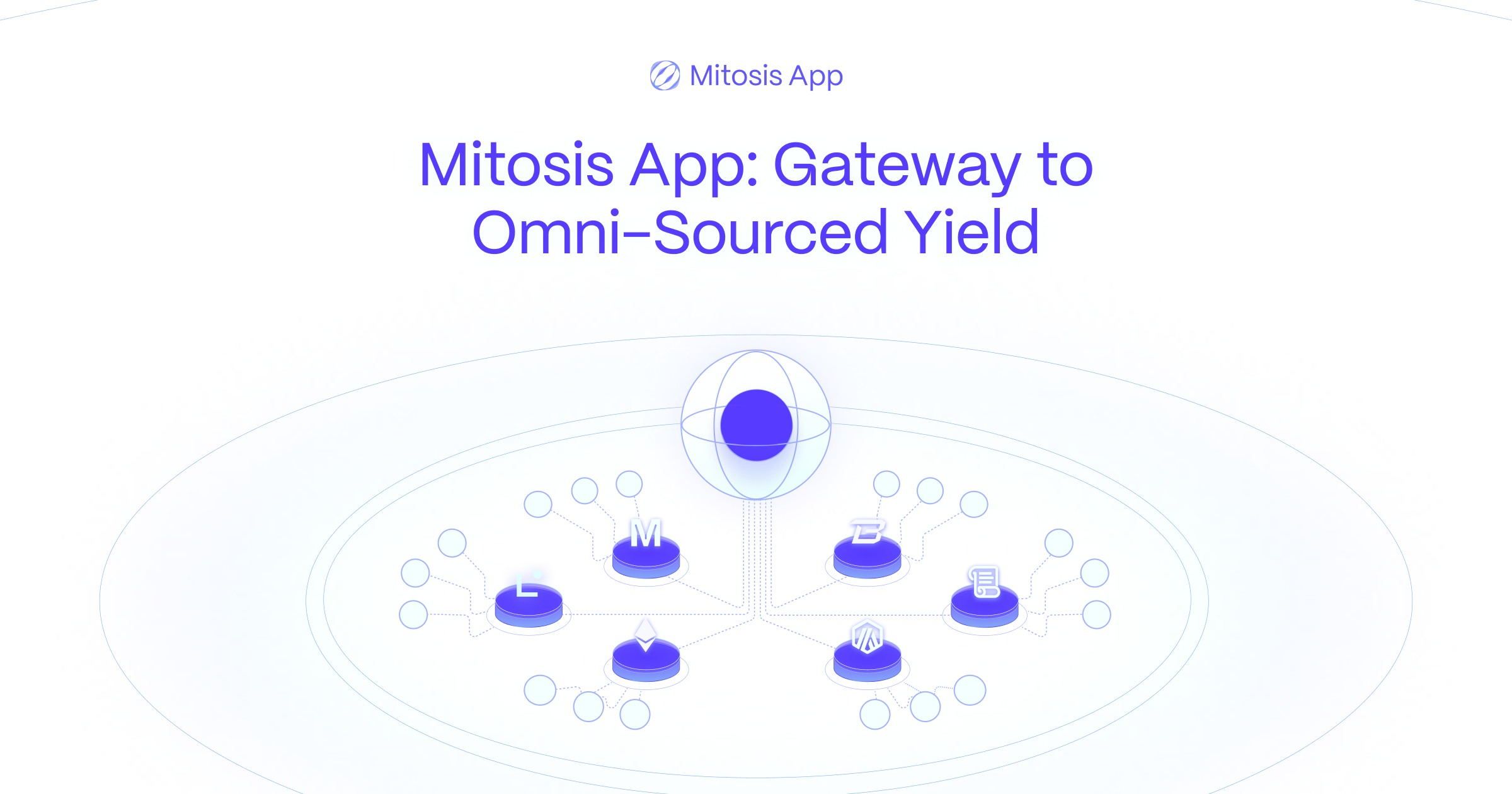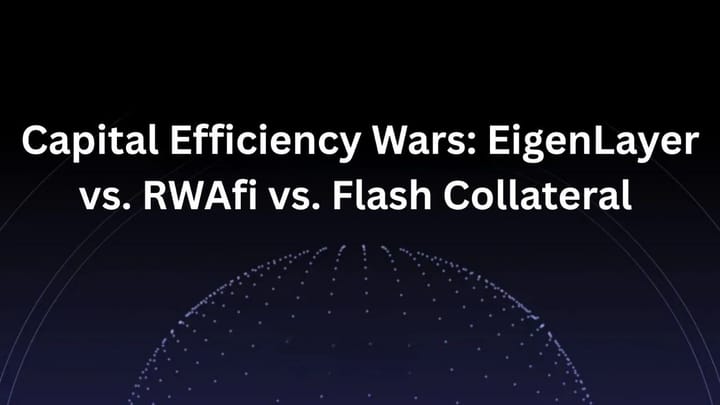Project Research Methodologies in Web3: Overview of Effective Analytics Platforms and Tools

Web3, the decentralized evolution of the internet, is built on blockchain technology, smart contracts, decentralized applications (dApps), and community-driven governance models like Decentralized Autonomous Organizations (DAOs). Conducting project research in this space requires methodologies that account for its unique characteristics—transparency of on-chain data, decentralized ecosystems, and rapidly evolving technologies. This article provides a detailed exploration of project research methodologies tailored for Web3, alongside an overview of effective analytics platforms and tools to support data-driven insights.
Understanding Web3 Project Research
Web3 project research involves analyzing decentralized protocols, tokens, dApps, and communities to assess their viability, market fit, and potential impact. Unlike traditional Web2 research, Web3 research leverages both on-chain (blockchain-based) and off-chain (social media, community sentiment, etc.) data. The goal is to evaluate technical robustness, economic incentives, community engagement, and competitive positioning.
Key objectives of Web3 project research include:
- Assessing Market Demand: Estimating the total addressable market (TAM) and user interest in a project’s offerings (e.g., DeFi, NFTs, or DAOs).
- Evaluating Technical Viability: Analyzing smart contracts, codebase quality, and infrastructure scalability.
- Understanding Community Dynamics: Gauging sentiment, engagement, and governance participation.
- Competitive Analysis: Benchmarking against similar projects to identify differentiation and market gaps.
- Regulatory Compliance: Ensuring alignment with evolving legal frameworks in the decentralized space.
Project Research Methodologies in Web3
Effective Web3 research blends qualitative and quantitative approaches, leveraging the transparency of blockchain data and the vibrancy of decentralized communities. Below are the primary methodologies:
1. Secondary Research
Secondary research involves analyzing existing reports, whitepapers, and industry data to understand market trends and project context.
• Sources:
- Industry reports (e.g., Messari, CoinGecko, CoinMarketCap) for market size and growth projections.
- Project whitepapers for technical details, tokenomics, and use cases.
- Academic papers on blockchain scalability, zero-trust architectures, or DeFi protocols.
• Use Case: Estimating the TAM for an NFT marketplace by referencing reports projecting the NFT market to reach $35 billion by 2025.
•Tools:
- Google Scholar: For academic research on blockchain technologies.
- Crunchbase: Funding rounds and investor insights for Web3 startups.
- Messari: Comprehensive crypto market reports and project analyses.
2. Primary Research
Primary research involves direct data collection from users, developers, or stakeholders to validate assumptions and uncover nuanced insights.
•Methods:
- Focus Groups: Test concepts like a new DeFi protocol with target users to refine features.
- Interviews: Engage with crypto traders or developers to understand pain points, such as wallet security concerns or dApp usability.
- Surveys: Quantify user interest, willingness to pay, or awareness of Web3 concepts using tools like SurveyMonkey or Google Forms.
- Use Case: A Web3 gaming project might survey players to gauge demand for play-to-earn mechanics or conduct interviews to identify barriers to NFT adoption.
•Tools:
- Zoom/Discord: For conducting interviews or focus groups with global participants.
- BlockSurvey: Decentralized, privacy-focused survey platform for Web3 communities.
- SurveyMonkey: Easy-to-use survey templates with analytics.
3. On-Chain Data Analysis
Web3’s transparent blockchains allow researchers to analyze transaction volumes, wallet activity, smart contract interactions, and token metrics in real time.
•Key Metrics:
- Transaction volume and frequency.
- Active wallet addresses and user retention.
- Gas usage and network activity.
- Token liquidity and staking metrics.
- Use Case: Analyzing a DeFi protocol’s transaction volume on Dune Analytics to assess user adoption and protocol health.
- Tools:
- Etherscan: Manual checks of transactions and smart contracts.
• Nansen: Identifies wallet behaviors and tracks fund movements.
• Glassnode: Tracks on-chain metrics like wallet activity and exchange flows.
• Dune Analytics: SQL-based platform for querying and visualizing blockchain data.
4. Community and Sentiment Analysis
Web3 projects thrive on community engagement. Analyzing sentiment on social platforms and community channels provides insights into user trust and project momentum.
Methods:
- Monitor discussions on Twitter, Reddit, Telegram, and Discord for sentiment and trends.
- Use natural language processing (NLP) to quantify community sentiment.
- Evaluate governance participation in DAOs via token voting data.
- Use Case: Tracking Twitter discussions about a new DAO to assess community enthusiasm or concerns about governance transparency.
- Tools:
- Sentiment Analysis Platforms: RapidMiner for NLP-based sentiment scoring.
- The Graph: Indexes blockchain data for community-driven dApps.
- DappRadar: Tracks dApp community activity and rankings.
- Hootsuite/TweetDeck: Monitor hashtags and influencers on Twitter.
5. Competitive Analysis
Benchmarking against competitors helps identify market gaps and best practices.
Methods:
- Analyze competitors’ features, pricing, and positioning.
- Study successful projects to adopt proven strategies.
- Identify underserved niches through market segmentation.
- Use Case: Comparing a new DEX’s features to Uniswap’s using SimilarWeb for traffic analysis and Crunchbase for funding insights.
- Tools:
- SEMrush: Keyword and competitor analysis for Web3 marketing.
- Token Terminal: Financial metrics for blockchain projects.
- SimilarWeb: Web traffic and user demographics.
6. User Experience (UX) Research
UX research ensures Web3 products are intuitive and accessible, addressing complexities like private key management or gas fees.
Methods:
- Usability Testing: Observe users interacting with dApps to identify pain points (e.g., executing smart contracts).
- A/B Testing: Test interface variations to optimize user engagement.
- Analytics: Track user journeys within dApps to pinpoint drop-off points.
- Use Case: Testing a crypto wallet’s interface to simplify private key backup explanations, improving user trust.
- Tools:
- Hotjar: Heatmaps and user session recordings for Web3 interfaces.
- Google Analytics: Tracks website and dApp performance.
- Mixpanel: Behavioral analytics for dApps and mobile apps.
7. Code and Technical Analysis
Evaluating a project’s codebase and infrastructure ensures technical reliability and security.
Methods:
- Review open-source code on GitHub for quality and activity.
- Audit smart contracts for vulnerabilities.
- Assess scalability and interoperability with other blockchains.
- Use Case: Inspecting a project’s GitHub repository to verify active development and community contributions.
- Tools:
- Hypernative: Proactive security and risk prevention for Web3 projects.
- Alethio: Real-time Ethereum blockchain monitoring.
- GitHub: Source code and contribution analysis.
Effective Analytics Platforms and Tools for Web3 Research
The Web3 analytics landscape is rich with specialized tools designed to handle decentralized data. Below is an overview of key platforms and their applications:
1. Dune Analytics
- Purpose: Query and visualize blockchain data using SQL.
- Features: Custom dashboards, real-time metrics, and integration with Ethereum, Polygon, and other chains.
- Use Case: Analyzing DeFi protocol metrics like TVL (Total Value Locked) or user retention.
Why It’s Effective: No-code interface for non-technical users and powerful querying for developers.
2. Glassnode
- Purpose: On-chain analytics for cryptocurrencies and protocols.
- Features: Tracks wallet activity, exchange flows, and market indicators.
- Use Case: Monitoring Bitcoin whale movements to predict market trends.
Why It’s Effective: Comprehensive metrics and historical data for investors and researchers.
3. Nansen
- Purpose: Blockchain data exploration and wallet tracking.
- Features: Identifies influential wallets, tracks fund flows, and uncovers market patterns.
- Use Case: Researching NFT project adoption by analyzing top holder wallets.
Why It’s Effective: Combines on-chain and off-chain data for holistic insights.
4. The Graph
- Purpose: Indexes blockchain data for dApps and analytics.
- Features: Decentralized protocol for querying data from Ethereum and other networks.
- Use Case: Building custom analytics for a DAO’s governance token voting.
Why It’s Effective: Enables developers to create tailored data pipelines.
5. Messari
- Purpose: Market intelligence and project analysis.
- Features: In-depth reports, regulatory updates, and token metrics.
- Use Case: Evaluating a new L1 blockchain’s competitive positioning.
Why It’s Effective: Trusted by institutions for reliable, curated insights.
6. DappRadar
- Purpose: Tracks dApp performance and rankings.
- Features: Usage volumes, community activity, and DeFi/NFT analytics.
- Use Case: Comparing dApp adoption across blockchains like Ethereum and Binance Smart Chain.
Why It’s Effective: Broad coverage of dApps and user-friendly interface.
7. Token Terminal
- Purpose: Financial analytics for blockchain projects.
- Features: Revenue, valuation, and performance metrics.
- Use Case: Assessing a protocol’s revenue model for investment decisions.
Why It’s Effective: Bridges traditional financial metrics with blockchain data.
8. BlockSurvey
- Purpose: Decentralized surveys for Web3 communities.
- Features: Privacy-focused, blockchain-based data collection.
- Use Case: Gathering feedback from a DAO’s token holders anonymously.
Why It’s Effective: Aligns with Web3’s privacy and decentralization ethos.
9. Formo Analytics
- Purpose: Web3-native product analytics.
- Features: Deep insights into dApp user behavior and engagement.
- Use Case: Optimizing a Web3 product’s onboarding flow
- Why It’s Effective: Tailored for decentralized applications.
10. Etherscan/BscScan/Solscan
- Purpose: Blockchain explorers for manual data checks.
- Features: Transaction histories, smart contract details, and address activity.
- Use Case: Verifying a project’s on-chain activity before investment.
- Why It’s Effective: Free, accessible, and reliable for raw data.
Best Practices for Web3 Project Research
- Combine On-Chain and Off-Chain Data: Use tools like Dune Analytics for on-chain metrics and Hootsuite for social sentiment to get a complete picture.
- Leverage Visualizations: Use Tableau or Power BI to create dashboards that simplify complex blockchain data for stakeholders.
- Engage Communities: Participate in Discord or Telegram groups to understand user needs and project dynamics firsthand.
- Validate Sources: Cross-check data from multiple platforms (e.g., Etherscan and Glassnode) to ensure accuracy.
- Iterate Continuously: Web3 evolves rapidly—regularly update research with fresh data and community feedback.
- Prioritize Privacy and Compliance: Anonymize sensitive data and obtain user consent to align with Web3’s transparency and regulatory requirements.
Challenges and Considerations
• Technical Barriers: Non-technical researchers may struggle with on-chain data—platforms like Dune Analytics bridge this gap with user-friendly interfaces.
• Scalability Issues: High transaction volumes can strain analytics platforms, necessitating robust tools like The Graph.
• Regulatory Uncertainty: Evolving regulations around blockchain data usage demand vigilance.
• Privacy Concerns: Balancing transparency with user privacy is critical. Anonymization and consent are key.
• Data Complexity: Each blockchain has unique standards, requiring expertise to extract and analyze data. Tools like Datrics simplify integration across chains.
Conclusion
Project research in Web3 demands a multifaceted approach, combining secondary research, primary data collection, on-chain analysis, community engagement, and UX testing. By leveraging specialized analytics platforms like Dune Analytics, Glassnode, Nansen, and Messari, researchers can unlock actionable insights into decentralized ecosystems. These tools, paired with best practices like continuous iteration and source validation, empower teams to navigate the complexities of Web3 and build successful, user-centric projects.
As Web3 continues to reshape the internet, mastering these research methodologies and tools will be essential for developers, investors, and marketers aiming to thrive in the decentralized economy. Whether you’re assessing a new DeFi protocol or building a community-driven DAO, a data-driven approach is the blueprint for success.
References














Comments ()